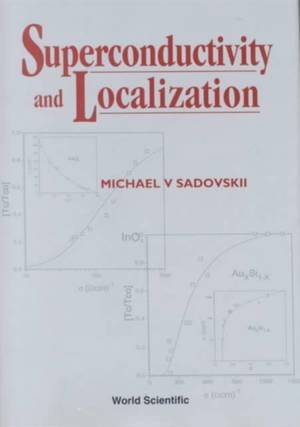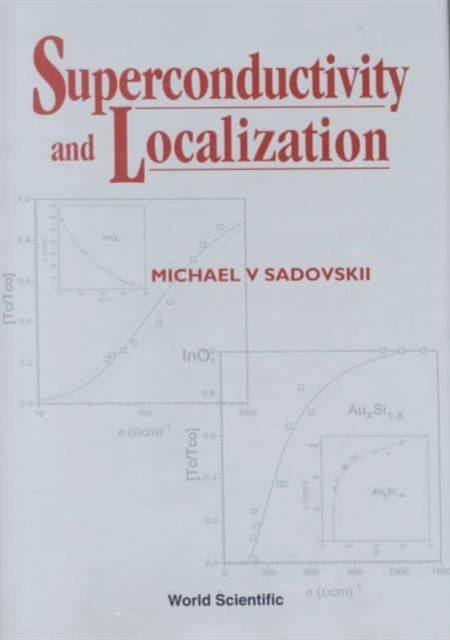
- Afhalen na 1 uur in een winkel met voorraad
- Gratis thuislevering in België vanaf € 30
- Ruim aanbod met 7 miljoen producten
- Afhalen na 1 uur in een winkel met voorraad
- Gratis thuislevering in België vanaf € 30
- Ruim aanbod met 7 miljoen producten
Zoeken
Omschrijving
This book presents a review of theoretical and experimental work on the problem of the interplay of Anderson localization and superconductivity in strongly disordered systems. Superconductivity persists close to disorder-induced metal-insulator transition in a number of real systems, e.g. amorphous metals and compounds, systems disordered by fast neutron irradiation, systems with impurities, etc. High temperature superconductors are especially interesting from this point of view, as the experiments with controllable disordering may provide important clues to the nature of electronic states in these systems.The book starts with a brief discussion on modern aspects of localization theory, including the basic concept of scaling, self-consistent theory of localization and interaction effects. After that it analyzes disorder effects on Cooper pairing and superconductivity transition temperature as well as Ginzburg-Landau equations for superconductors that are close to the Anderson transition. A necessary generalization of the usual theory of "dirty" superconductors is formulated which allows one to analyze anomalies of the main superconducting properties close to disorder-induced metal-insulator transition. Finally, the book reviews a number of experiments demonstrating superconductivity close to the Anderson transition, in both traditional and high Tc superconductors.
Specificaties
Betrokkenen
- Auteur(s):
- Uitgeverij:
Inhoud
- Aantal bladzijden:
- 272
- Taal:
- Engels
Eigenschappen
- Productcode (EAN):
- 9789810241933
- Verschijningsdatum:
- 21/02/2000
- Uitvoering:
- Hardcover
- Formaat:
- Genaaid
- Afmetingen:
- 163 mm x 224 mm
- Gewicht:
- 530 g

Alleen bij Standaard Boekhandel
+ 318 punten op je klantenkaart van Standaard Boekhandel
Beoordelingen
We publiceren alleen reviews die voldoen aan de voorwaarden voor reviews. Bekijk onze voorwaarden voor reviews.











